The Biochemistry of Fermentation Processes
Introduction
The biochemical processes involved in fermentation are complex and multifaceted. Fermentation is a metabolic process that produces chemical changes in organic substrates through the action of enzymes. In biochemistry, it is narrowly defined as the extraction of energy from carbohydrates in the absence of oxygen.
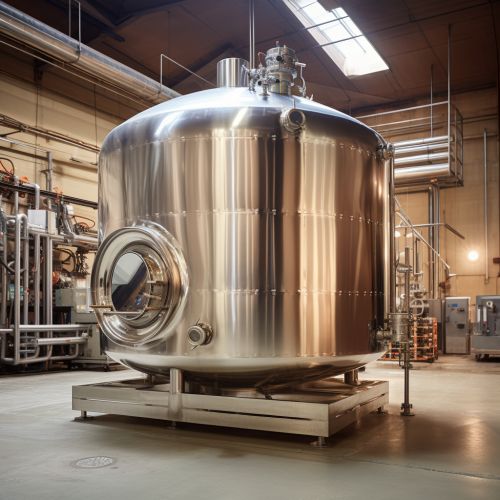
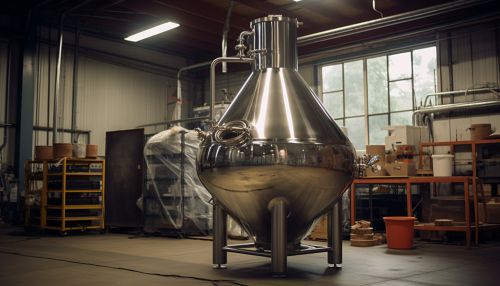
Biochemical Pathways in Fermentation
There are several biochemical pathways involved in the fermentation process. The most common of these is glycolysis, which is the metabolic pathway that converts glucose, the most abundant sugar, into pyruvate. The energy released in this process is used to form the high-energy compounds ATP (adenosine triphosphate) and NADH (reduced nicotinamide adenine dinucleotide).
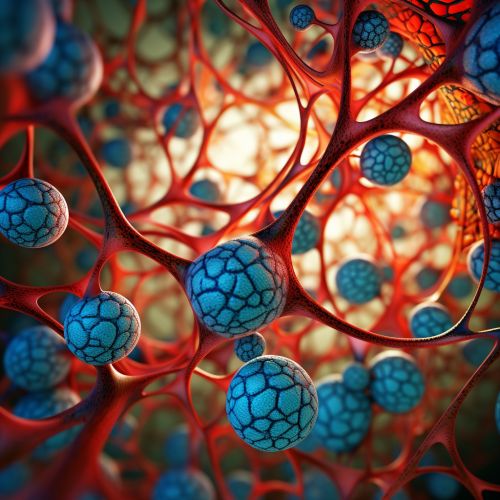
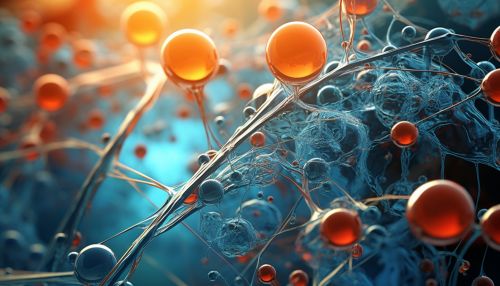
Another important pathway in fermentation is the citric acid cycle, also known as the Krebs cycle. This cycle is a series of chemical reactions used by all aerobic organisms to generate energy through the oxidation of acetate derived from carbohydrates, fats and proteins into carbon dioxide.
Types of Fermentation
There are two primary types of fermentation: alcoholic fermentation and lactic acid fermentation.


In alcoholic fermentation, glucose is converted into ethanol and carbon dioxide. This process is carried out by yeasts and some types of bacteria. Alcoholic fermentation is used in brewing and winemaking industries.

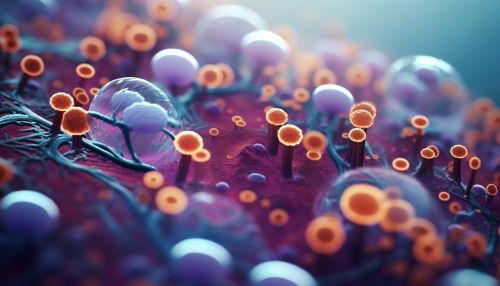
In lactic acid fermentation, glucose is converted into lactic acid. This process is carried out by lactic acid bacteria. Lactic acid fermentation is used in the production of yogurt, cheese, sauerkraut, pickles, and other fermented foods.
Role of Enzymes in Fermentation
Enzymes play a crucial role in the fermentation process. They act as catalysts, speeding up the chemical reactions that convert substrates into products. In fermentation, enzymes facilitate the breakdown of glucose into pyruvate in the glycolysis pathway, and the conversion of pyruvate into ethanol or lactic acid in alcoholic and lactic acid fermentation, respectively.
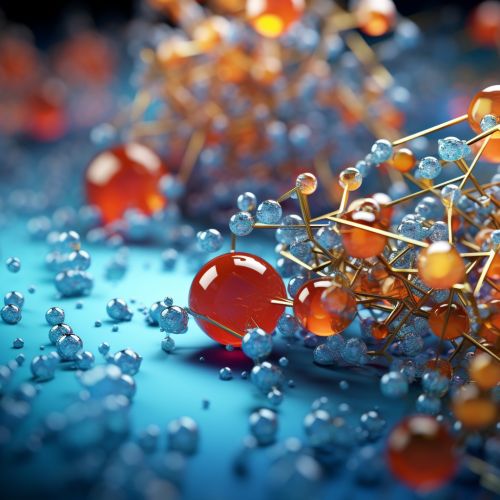
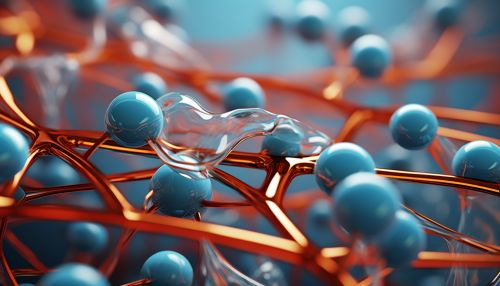
Industrial Applications of Fermentation
Fermentation has a wide range of industrial applications. It is used in the production of alcoholic beverages, dairy products, and other fermented foods. Fermentation is also used in the production of biofuels, such as ethanol and biodiesel, and in the pharmaceutical industry for the production of antibiotics, hormones, and other drugs.


